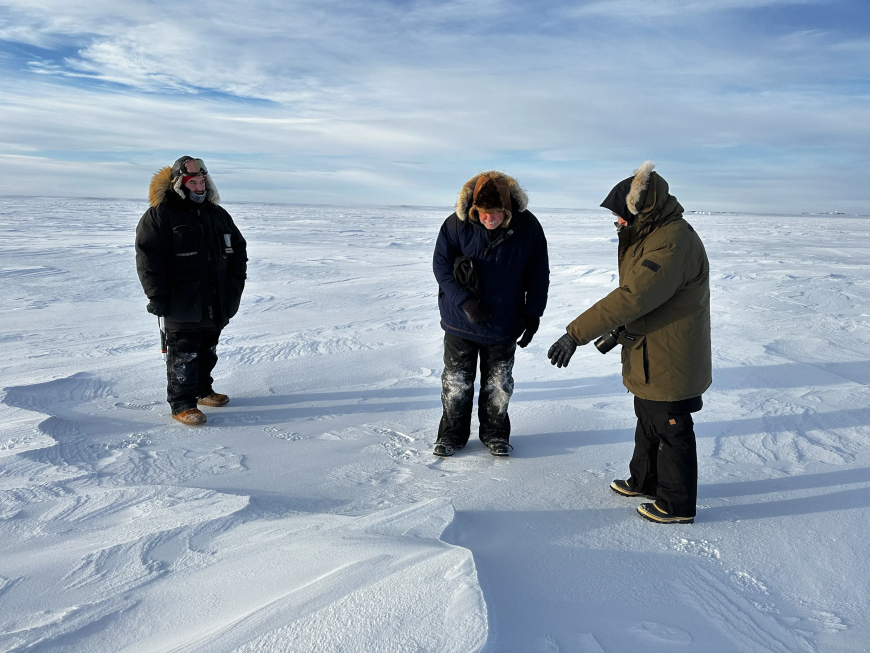Arctic Refreeze: Spraying Water to Save Ice – A Geoengineering Breakthrough
Explore the innovative geoengineering technique of spraying sub-ice water to thicken Arctic sea ice, aiming to combat climate change and preserve polar ecosystems.

In early 2025, a groundbreaking geoengineering experiment took place over the Arctic, capturing global attention. Scientists deployed a novel technique—spraying sub-ice water onto the surface—to thicken sea ice and enhance its reflectivity, aiming to combat the accelerating loss of Arctic ice due to climate change.
The Science Behind the Technique
The Arctic's sea ice plays a crucial role in regulating Earth's climate by reflecting sunlight back into space. As global temperatures rise, this ice melts, exposing darker ocean waters that absorb more heat, further accelerating warming—a feedback loop known as the ice-albedo effect.
To counter this, researchers have been exploring methods to restore and preserve Arctic sea ice. One such method involves pumping seawater from beneath the ice to the surface during the coldest months of winter. This water freezes upon contact with the frigid air, adding to the ice sheet's thickness. Additionally, removing the insulating snow layer allows more cold to penetrate to the ice's underside, promoting further freezing .
Real Ice: Leading the Charge
The UK-based nonprofit organization Real Ice has been at the forefront of this innovative approach. In the winter of 2023–2024, their team conducted field trials in the Canadian Arctic, pumping seawater onto the ice surface. The results were promising: the treated areas exhibited significantly increased ice thickness compared to untreated regions .
Building on this success, Real Ice plans to scale up their efforts. In the winter of 2027–2028, they aim to thicken 100 square kilometers of sea ice as a demonstration project. If successful, this could pave the way for larger-scale interventions to preserve Arctic sea ice .
Potential Environmental Impact
The implications of thickening Arctic sea ice extend beyond local ecosystems. Preserving a million square kilometers of sea ice for just one additional month could offset as much as 930 million metric tons of carbon dioxide emissions over two decades. This is a significant achievement, considering that humanity emits approximately 910 million tons of CO₂ every eight days .
By enhancing the ice's reflectivity, this method could also reduce the absorption of solar radiation by the ocean, mitigating further warming and ice loss.
Challenges and Considerations
While the technique shows promise, it is not without challenges. Scaling up the operation to cover vast areas of the Arctic would require substantial resources, including fleets of drones, energy supplies, and logistical support. Additionally, the long-term environmental impacts of such interventions remain uncertain, necessitating thorough research and monitoring.
Moreover, the ethical and governance aspects of geoengineering projects raise important questions. Decisions about large-scale environmental interventions must involve international cooperation and adherence to environmental safeguards to prevent unintended consequences.
Looking Ahead
The success of early experiments in Arctic sea ice thickening offers a glimmer of hope in the fight against climate change. However, it is essential to approach such geoengineering solutions with caution, ensuring that they complement, rather than replace, efforts to reduce greenhouse gas emissions.
As research progresses, ongoing dialogue among scientists, policymakers, and the global community will be crucial in determining the role of geoengineering in addressing the challenges posed by climate change.








